The American frontier conjures vivid images of dusty saloons, gunfights at high noon, and cattle drives stretching across vast open plains. While the Wild West era officially ended over a century ago, certain corners of America seem frozen in time—preserving not just the architecture but the spirit and traditions of frontier life.
These communities maintain their historic character through careful preservation, working ranches, and cultural practices that connect directly to their rough-and-tumble origins. From mining towns perched high in mountain passes to desert outposts where cowboys still gather, these destinations offer authentic glimpses into American frontier history.
Here is a list of 15 U.S. towns that still feel remarkably like the Wild West, allowing visitors to step back into a formative chapter of American identity temporarily.
Tombstone, Arizona
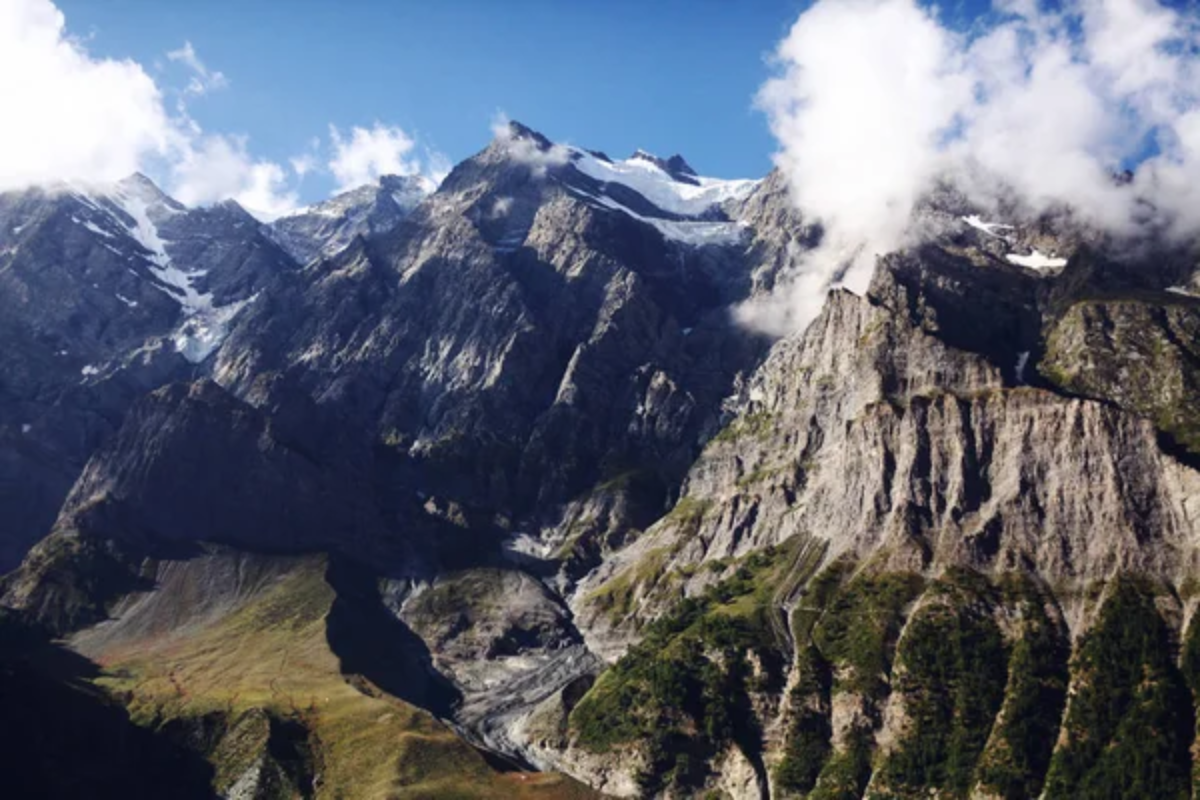
Known as ‘The Town Too Tough To Die,’ Tombstone preserves the rawness of frontier justice through daily reenactments of its most famous incident—the gunfight at the O.K. Corral. The confrontation between the Earp brothers, Doc Holliday, and the Clanton gang remains visible in the town’s preserved buildings, including the original courthouse that now serves as a museum housing artifacts from the era.
Stagecoaches still rumble down Allen Street, where wooden boardwalks connect historic saloons like Big Nose Kate’s and the Crystal Palace, where visitors drink from the original bar that served miners and cowboys in the 1880s. Boot Hill Cemetery contains the actual graves of those who ‘died with their boots on,’ complete with darkly humorous epitaphs that capture the frontier’s fatalistic wit.
Deadwood, South Dakota
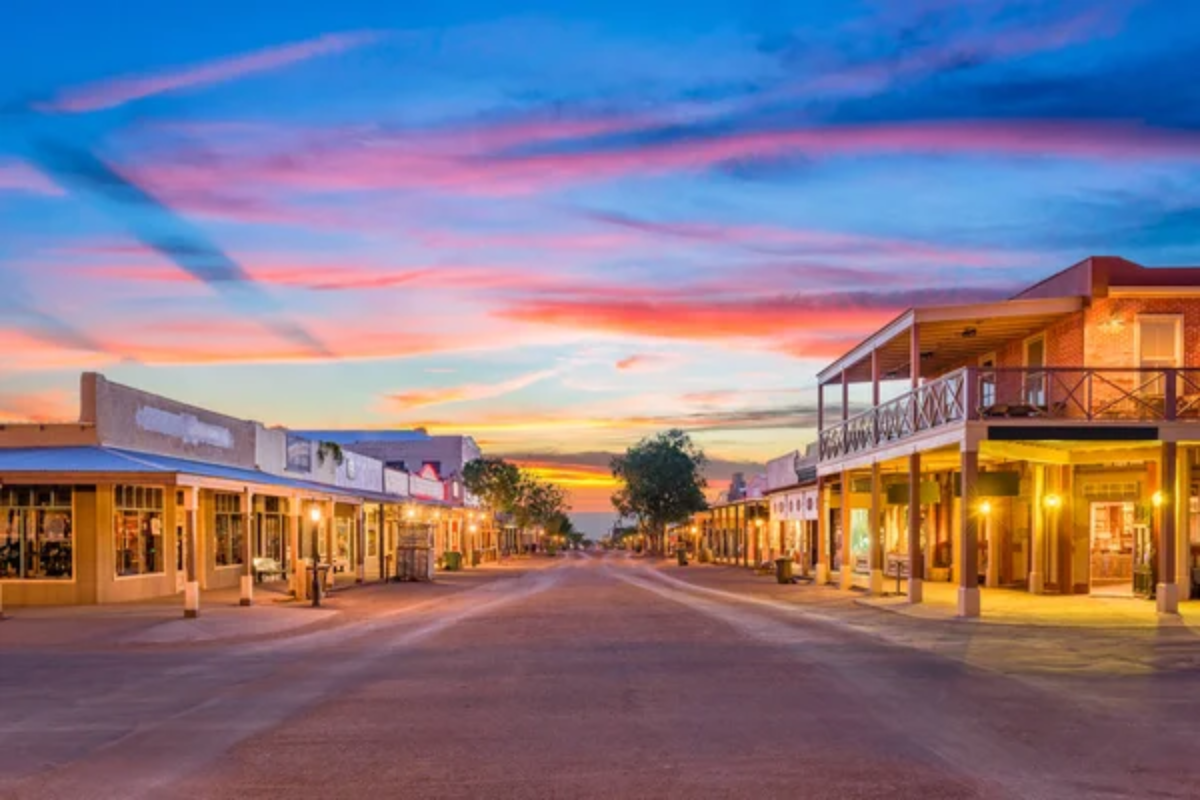
This legendary gold rush town maintains much of its original character despite decades of gambling that funded extensive historic preservation efforts. Many buildings dating to the 1870s still stand along Main Street, including Saloon No. 10, where Wild Bill Hickok was shot while holding the infamous ‘dead man’s hand’ of aces and eights.
Professional historians in period-correct attire conduct shooting demonstrations and street-corner lectures about authentic frontier life rather than Hollywood versions. The entire town operates as a National Historic Landmark, allowing visitors to experience remarkably preserved architecture while learning about controversial figures like Calamity Jane and Seth Bullock, whose actual homes remain standing.
Like Travel Pug’s content? Follow us on MSN.
Silverton, Colorado
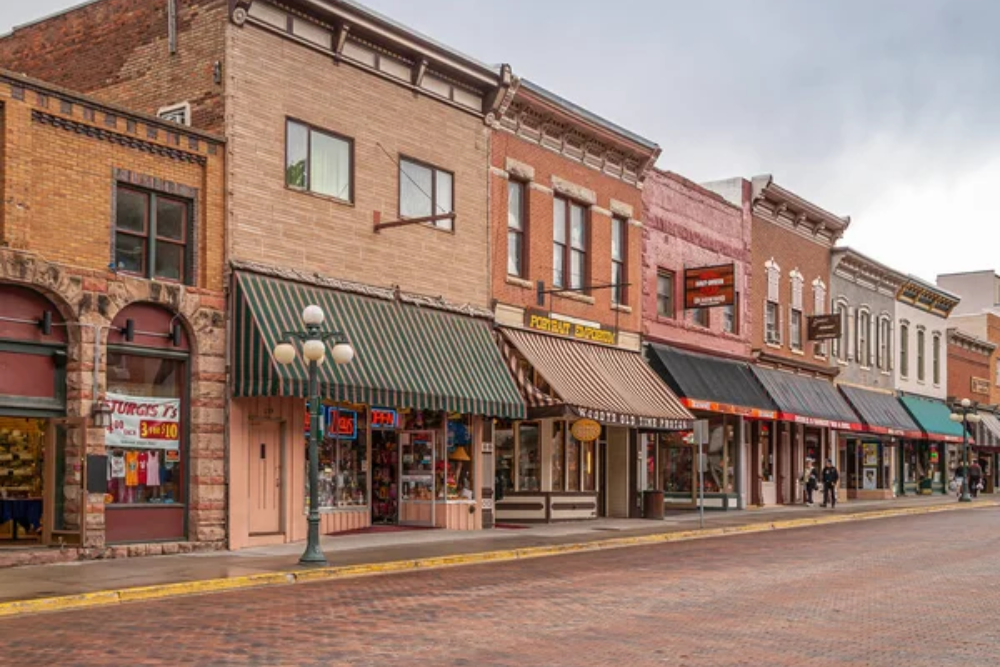
Nestled at 9,318 feet in the San Juan Mountains, this former silver mining community remains accessible primarily by narrow gauge railroad—the same tracks that hauled precious ore during the late 1800s. The town’s remote location has preserved its frontier character, with most of the Victorian-era buildings maintaining their original facades and functions along a main street that hasn’t been widened to accommodate modern vehicles.
Local miners still gather at the Shady Lady Saloon, where the century-old bar serves drinks beneath historic chandeliers. The surrounding mountains feature abandoned mine structures accessible by four-wheel-drive routes that follow original wagon trails used by prospectors during multiple boom-and-bust cycles.
Cody, Wyoming
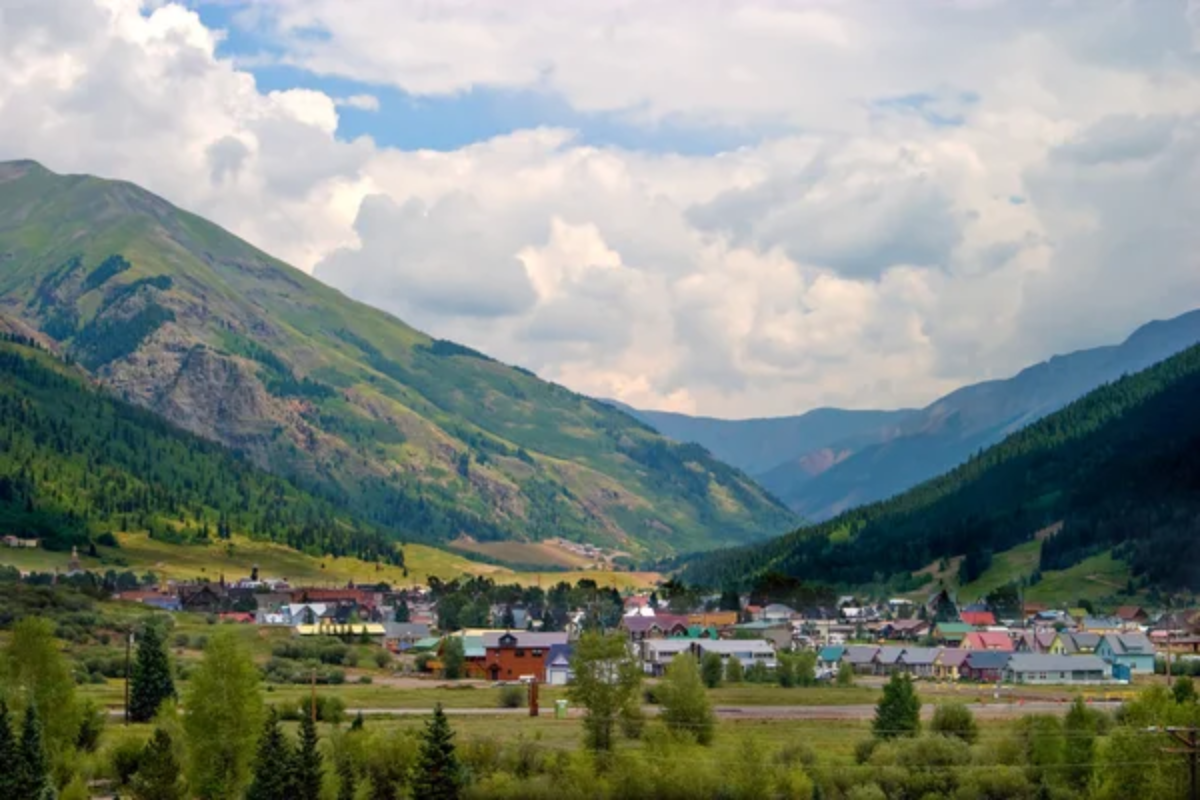
Founded by Buffalo Bill himself in 1896, Cody serves as the eastern gateway to Yellowstone while maintaining deep connections to genuine Western heritage. The town hosts the longest-running rodeo in America, offering nightly displays of bronc riding, calf roping, and barrel racing throughout summer months, just as it has for over a century.
Authentic cowboy culture thrives through working ranches surrounding the town where guests can participate in actual cattle drives rather than staged tourist experiences. The historic Irma Hotel features the cherrywood bar gifted to Buffalo Bill by Queen Victoria—still in use serving drinks to cowboys who arrive on horseback for special events throughout the year.
Virginia City, Montana
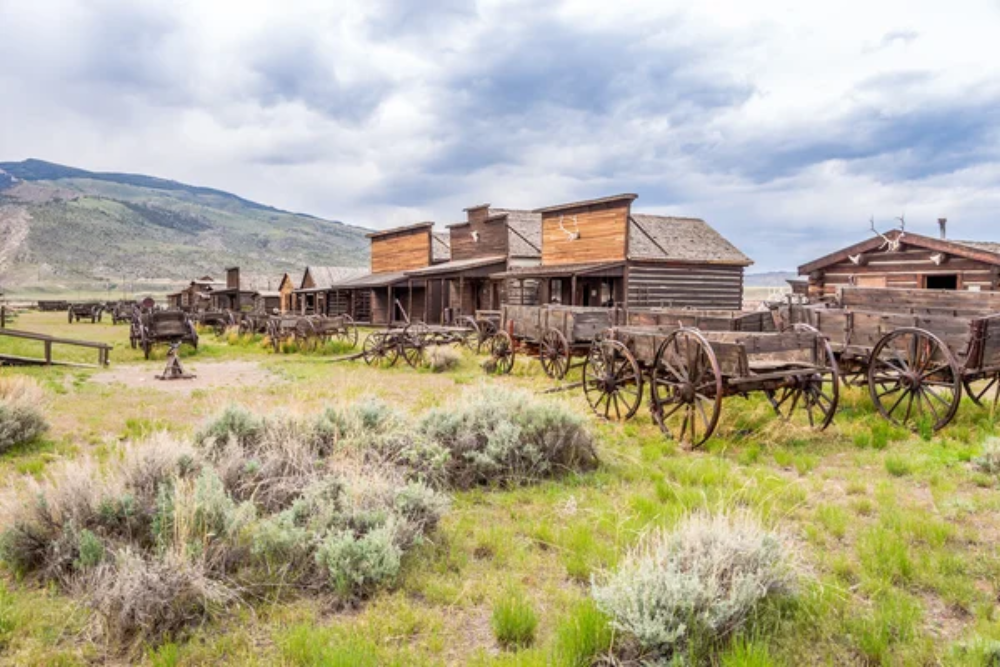
This remarkably intact ghost town once housed 10,000 residents during Montana’s gold rush days but now counts fewer than 200 year-round inhabitants. The community’s 100+ historic structures remain so authentic that Hollywood has used Virginia City as a filming location for numerous Western productions without needing to construct additional sets.
Boot prints from actual 1860s robberies remain visible in the floorboards of the Fairweather Inn, while the original territorial governor’s mansion maintains period furnishings rather than museum-style exhibits. Weekend stagecoach robberies staged by local history enthusiasts follow documented historical accounts rather than fictional dramatizations of Western outlaw activities.
Like Travel Pug’s content? Follow us on MSN.
Winthrop, Washington

This former mining town transformed itself through strict architectural ordinances requiring all buildings in the business district to maintain 1890s western facades, including wooden boardwalks, hitching posts, and period-appropriate signage. The transformation preserves the town’s frontier character while accommodating modern businesses behind historically accurate exteriors.
The Three Fingered Jack’s Saloon features original gambling tables where miners once wagered their day’s earnings alongside historic photographs documenting the town’s evolution. Nearby working ranches maintain heritage breeds of cattle using traditional methods, while the town’s annual ’49er Days celebration features authentic recreation of mining camp life rather than romanticized interpretations.
Dodge City, Kansas

The original ‘Queen of the Cow Towns’ maintains its frontier heritage through the preservation of sites associated with legendary lawmen like Wyatt Earp and Bat Masterson, who once patrolled these streets. Front Street Recreation presents an accurate representation of the community during its 1870s peak when it processed over 5 million cattle on their way to eastern markets.
The Long Branch Saloon—rebuilt on its original location—serves sasparilla and stronger spirits while offering demonstrations of period gambling games played with authentic rules rather than simplified tourist versions. The Boot Hill Museum contains actual artifacts unearthed during archaeological excavations rather than reproductions, providing tangible connections to the cattle drive era.
Cimarron, New Mexico
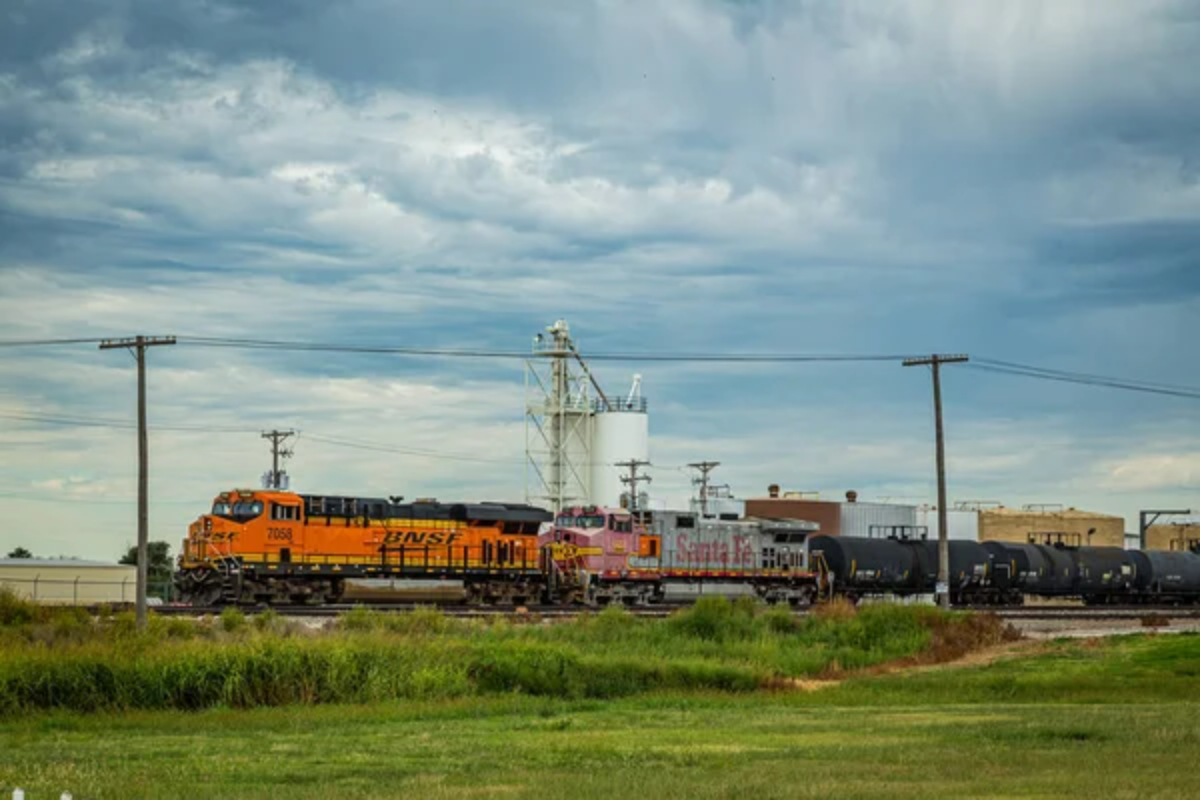
This former Santa Fe Trail stop maintains buildings that witnessed genuine frontier violence, including the St. James Hotel, where 26 men died in gunfights—with bullet holes from these confrontations still visible in the dining room ceiling. The historic Aztec Mill houses original equipment used to process regional grain harvests, while the Schwenk’s Hall saloon displays wanted posters featuring actual territorial outlaws rather than fictional characters.
Local ranching families trace their operations directly to land grant settlements predating American acquisition, maintaining Spanish and Mexican cattle handling traditions alongside Native American agricultural practices. The surrounding landscape features original wagon ruts from the Mountain Branch of the Santa Fe Trail, visible as permanent impressions in the prairie soil.
Like Travel Pug’s content? Follow us on MSN.
Bandera, Texas
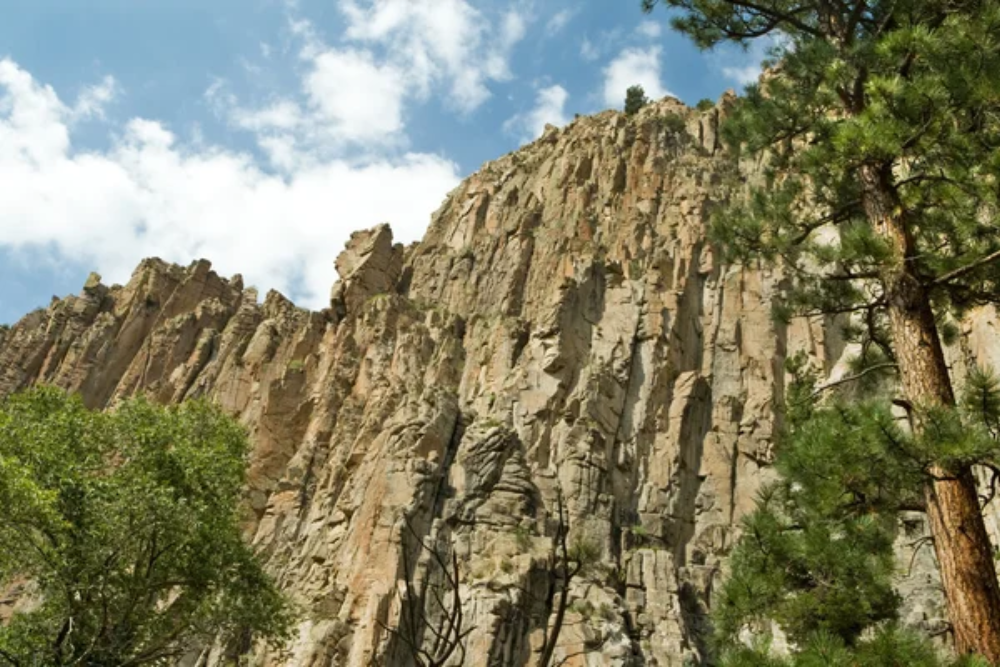
Self-proclaimed ‘Cowboy Capital of the World,’ Bandera maintains its western heritage through working dude ranches dating to the 1920s that practice genuine ranching methods rather than tourist-oriented entertainment. The town hosts weekly cattle drives down Main Street, where longhorns move between pastures just as they have for generations, temporarily stopping traffic for a scene unchanged from frontier photographs.
The 11th Street Cowboy Bar serves as a gathering place for actual working cowboys who arrive on horseback for Wednesday steak night, tying their mounts to dedicated hitching posts outside. Local artisans produce functional cowboy gear—saddles, boots, and hats—using methods passed down through generations of craftspeople serving the ranching community.
Oatman, Arizona
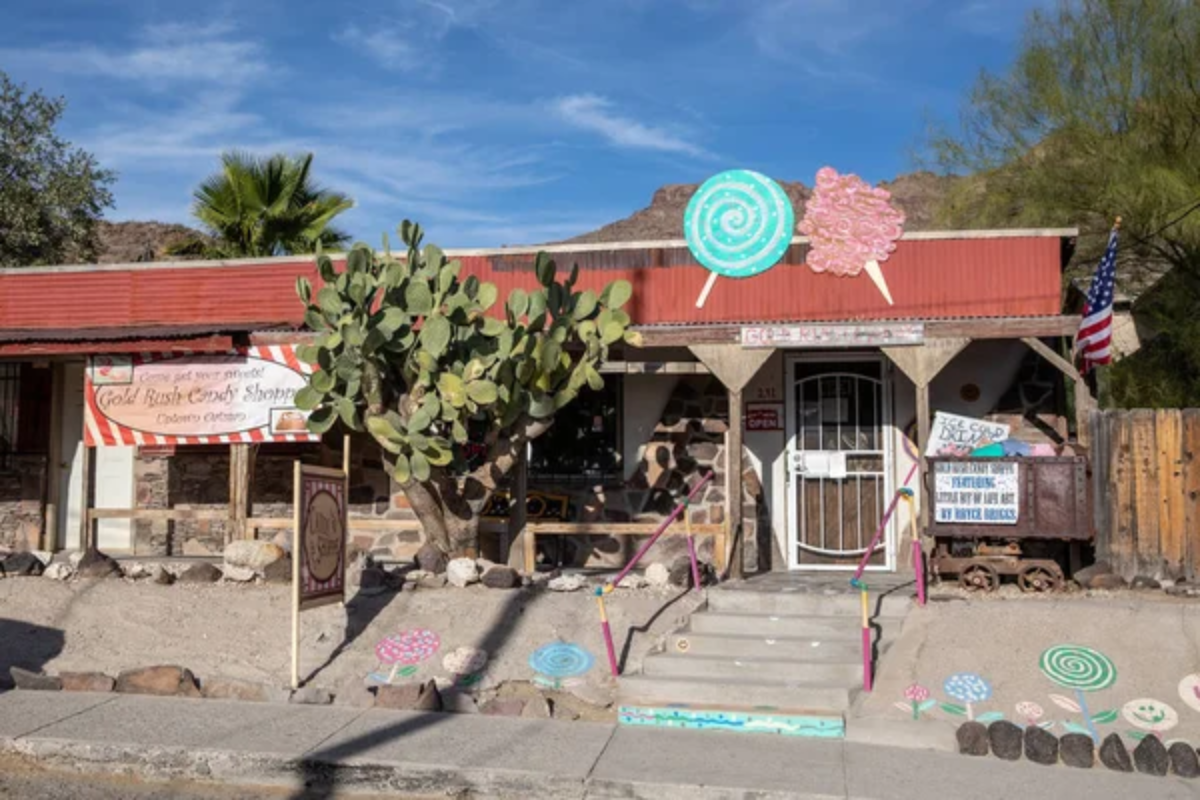
This former gold mining town along historic Route 66 maintains its frontier character through the preservation of original structures and the wild burros that freely roam its streets—direct descendants of animals abandoned by miners when operations ceased. The Oatman Hotel preserves the honeymoon suite where Clark Gable and Carole Lombard stayed, with walls covered in thousands of dollar bills signed by visitors—a tradition dating to when miners left their mark before heading into dangerous tunnels.
Mock gunfights follow historical accounts of actual regional confrontations rather than generic Western tropes. The surrounding hills feature accessible mine entrances and original equipment abandoned in place when operations ceased, creating an authentic ghost town atmosphere.
Goldfield, Nevada
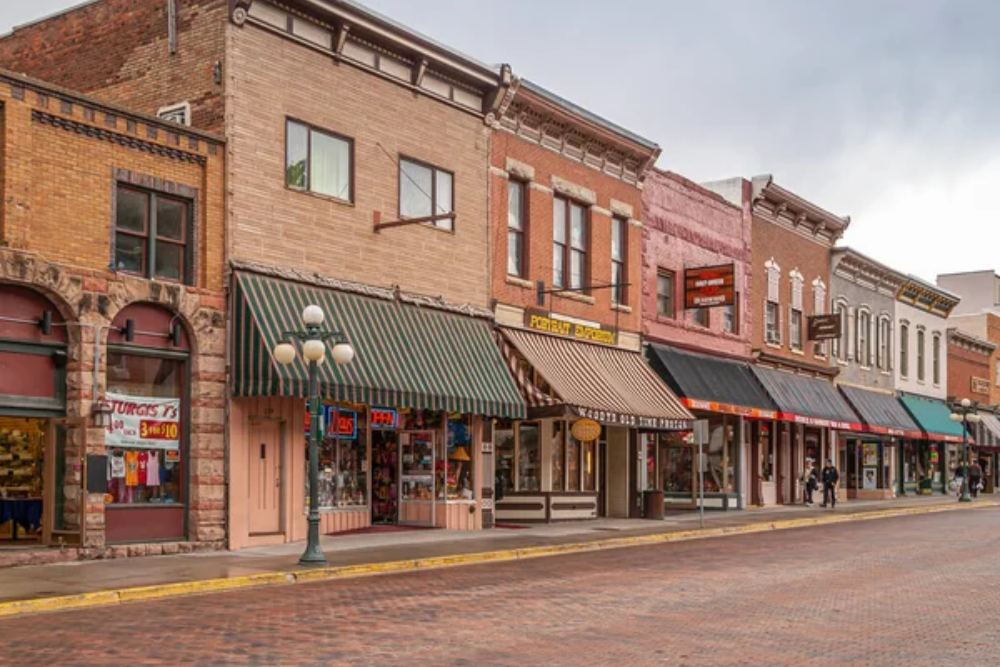
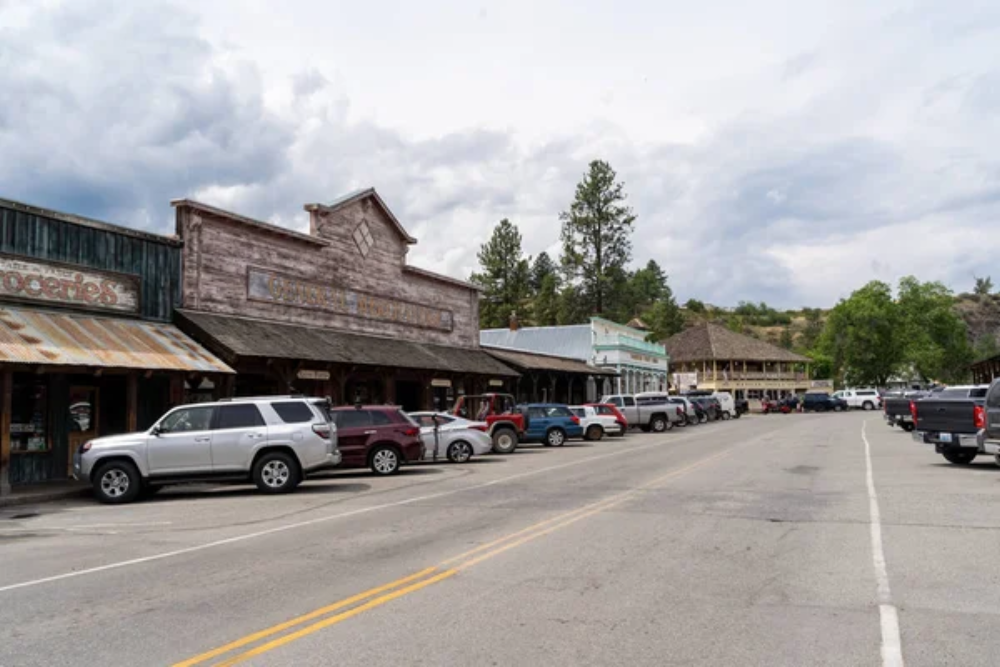
Once Nevada’s largest city during its early 1900s mining boom, Goldfield now stands as a living ghost town with numerous original structures maintaining their weathered appearance without restoration attempts that would diminish their authenticity. The massive Goldfield Hotel—once the most luxurious accommodation between Chicago and San Francisco—stands in magnificent decay alongside the county courthouse, where original jail cells remain intact behind heavy iron doors.
Residents maintain collections of mining equipment that sit rusting alongside roads in the exact locations where operations ceased. The surrounding desert contains accessible mine shafts and headframes that demonstrate genuine frontier engineering without safety modifications that would diminish their historical accuracy.
Like Travel Pug’s content? Follow us on MSN.
Fort Worth, Texas
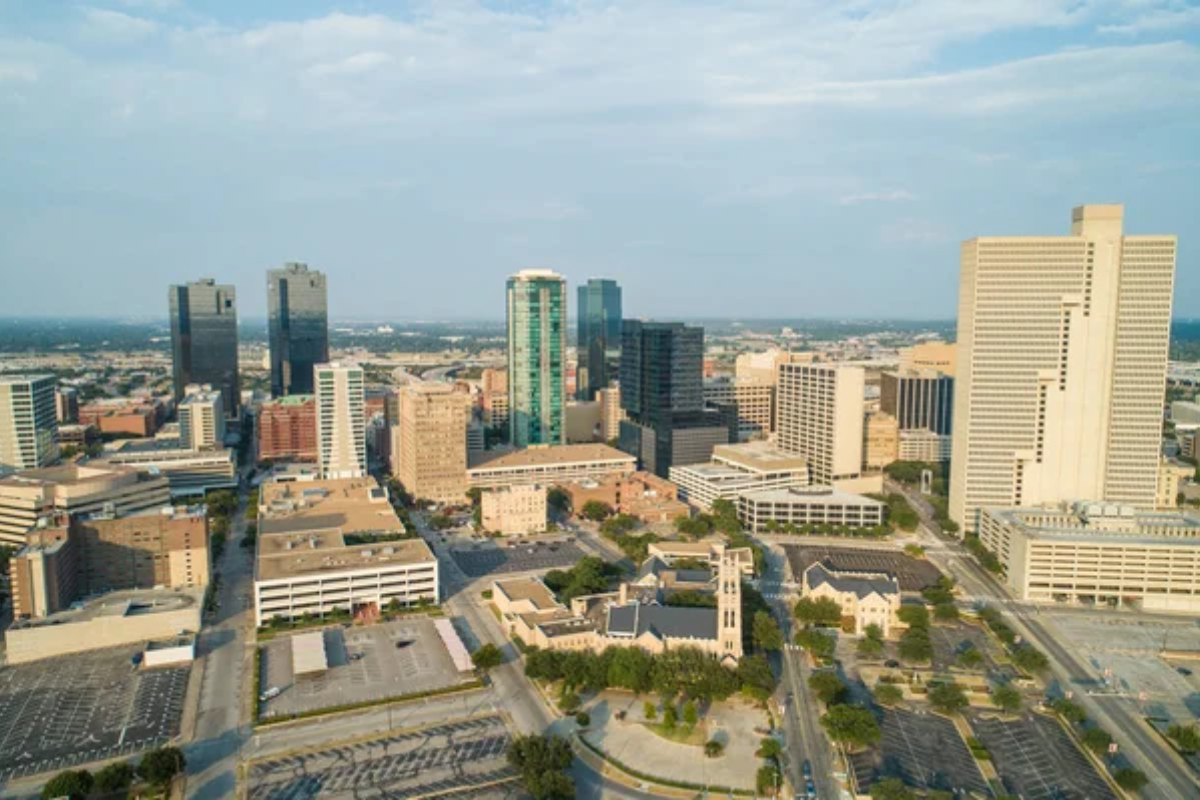
While much of Fort Worth embraces modernity, the Stockyards District maintains genuine connections to its role as a crucial cattle industry hub through twice-daily cattle drives featuring actual working cowboys moving longhorns down Exchange Avenue. The district’s saloons and dance halls preserve original hardwood floors worn smooth by generations of cowboy boots, while rodeo events at Cowtown Coliseum follow traditional rules established during the frontier era.
Working cattle auctions still operate within historic brick buildings where livestock transactions have occurred continuously since the late 1800s. Fourth-generation western wear merchants fit customers for functional gear rather than costume-quality tourist items, maintaining craft traditions established when serving actual cattle drivers.
Wallace, Idaho
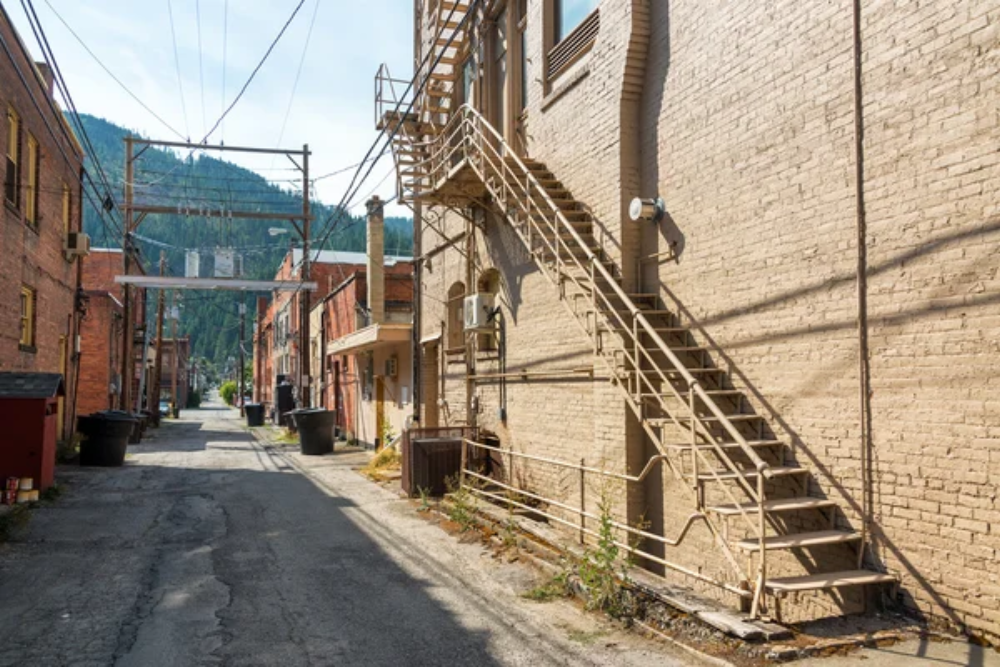
This former silver mining boomtown maintains its frontier character through the preservation of 19th-century buildings across its entire downtown—the only American municipality where every structure is listed on the National Register of Historic Places. The Oasis Bordello Museum preserves a working brothel exactly as it was suddenly abandoned in 1988, with authentic artifacts dating to the frontier mining era when such establishments operated openly along respectable businesses.
The Northern Pacific Railroad Depot maintains its original function, while mine tours take visitors into actual silver operations using equipment that demonstrates genuine extraction methods. The town’s annual Gyro Days celebration commemorates the region’s mining heritage through competitions based on actual skills required in frontier-era extraction operations.
Leadville, Colorado
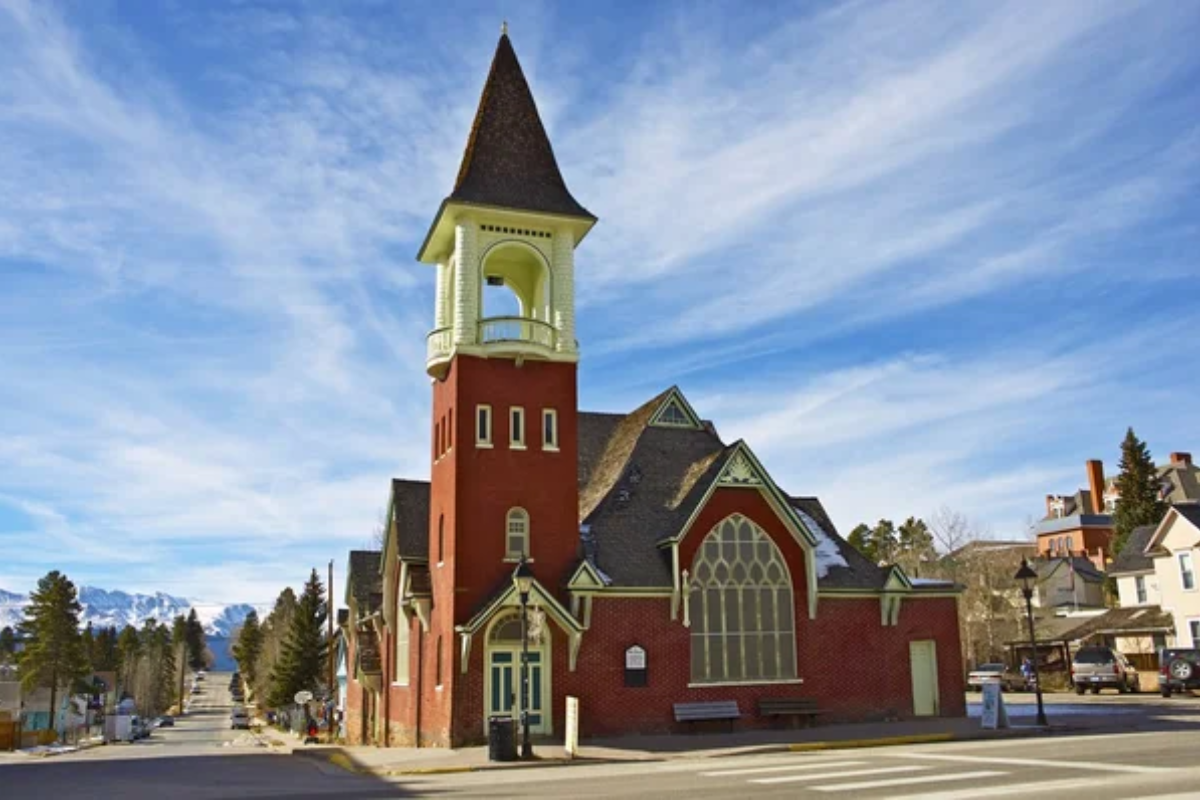
America’s highest incorporated city (10,152 feet elevation) retains remarkable architectural integrity from its 1880s silver boom days when it ranked among Colorado’s largest communities. The Tabor Opera House—built in just 100 days in 1879—maintains its original interior featuring hand-painted curtains and ornate woodwork that once hosted Oscar Wilde during his American tour.
Victorian commercial buildings along Harrison Avenue maintain their original facades without modern modifications, creating a streetscape immediately recognizable to frontier-era residents. The National Mining Hall of Fame occupies the former Leadville High School building, displaying authentic equipment alongside the region’s distinctive mineral specimens. Local celebrations commemorate genuine historical events like the infamous ‘Ice Palace’ winter carnival of 1896 rather than generic Western themes.
Like Travel Pug’s content? Follow us on MSN.
Sheridan, Wyoming
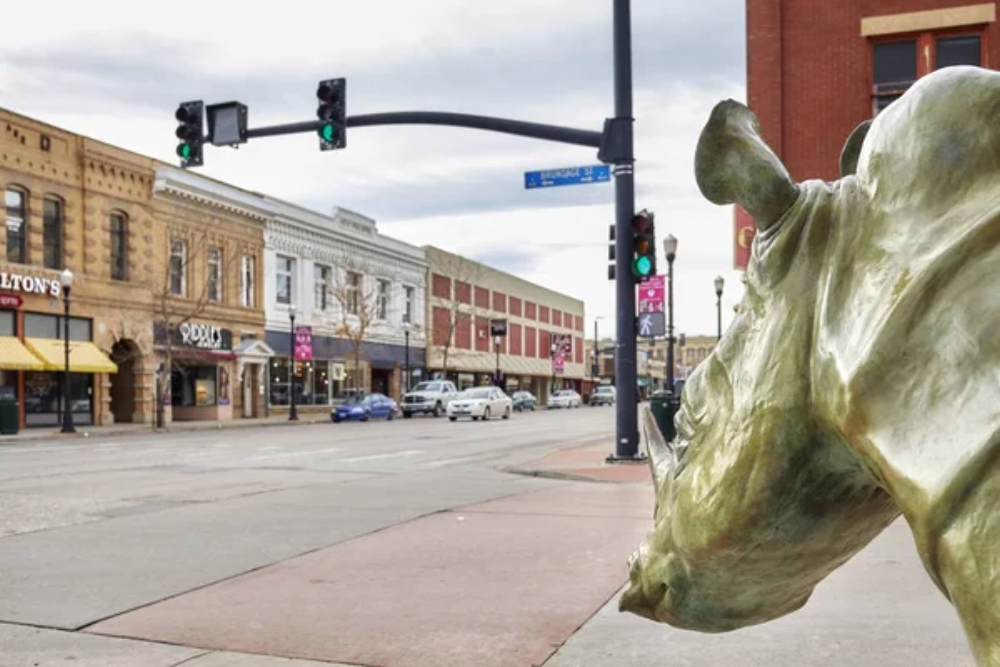
This ranching community maintains its Western character through working cattle operations rather than tourist-oriented experiences, with genuine cowboys gathering at the Mint Bar beneath a neon sign featuring a cowboy on a bucking bronc that has illuminated the street since 1907. The bar’s interior walls display over 9,000 cattle brands from regional ranches—with new operations adding their marks alongside historic spreads established during territorial days.
The town hosts polo matches established by English remittance men during the cattle baron era using techniques brought directly from British colonial outposts. King’s Saddlery operates both as a working equipment supplier for regional ranches and as a museum displaying remarkable craftsmanship through generations of functional gear rather than decorative items.
The Authentic Spirit of America’s Frontier Towns

These fifteen communities maintain connections to their frontier origins through architecture, traditions, and working operations that bring Western heritage to life beyond mere tourist attractions. What distinguishes these towns is their dedication to authenticity—preserving not just buildings but genuine practices, crafts, and stories that connect directly to their foundational periods.
While Hollywood may have mythologized the American West, these destinations offer opportunities to experience the more nuanced realities of frontier life through communities that genuinely value their distinctive heritage. For travelers seeking deeper connections to American frontier history, these towns provide experiences that transcend typical tourist offerings through encounters with people and places that maintain living links to the Wild West era.
More from Travel Pug

- 20 Towns Built for One Purpose That Were Later Abandoned
- 15 Hidden Spots in Disney World’s Magic Kingdom Most Visitors Miss
- 20 Once-Popular Beach Towns That Are Now Ghostly Empty
- 15 Canyons in the U.S. That Are Just as Stunning as the Grand Canyon
- 10 Under-the-Radar Mountain Towns That Are Both Affordable and Beautiful
Like Travel Pug’s content? Follow us on MSN.
